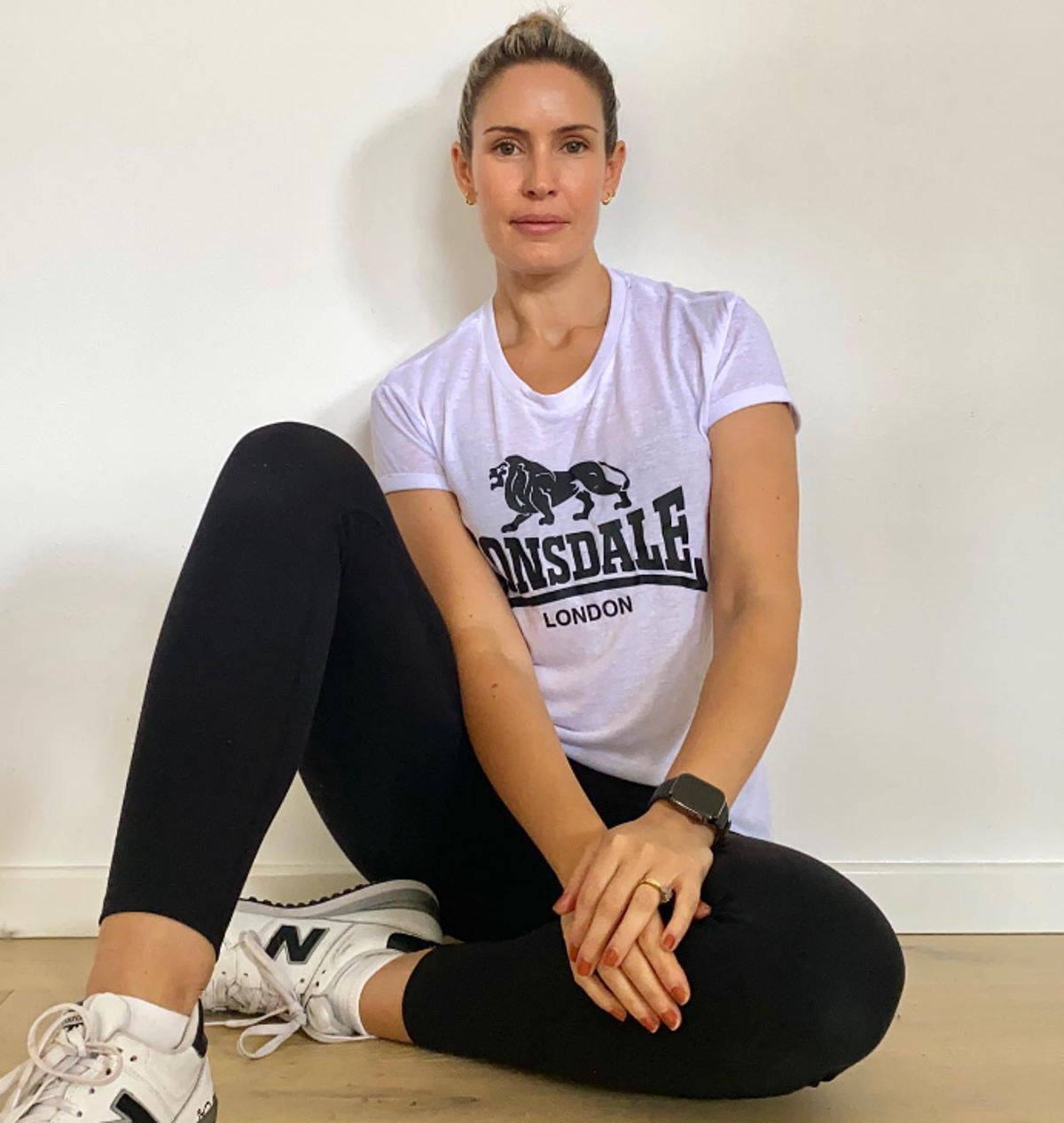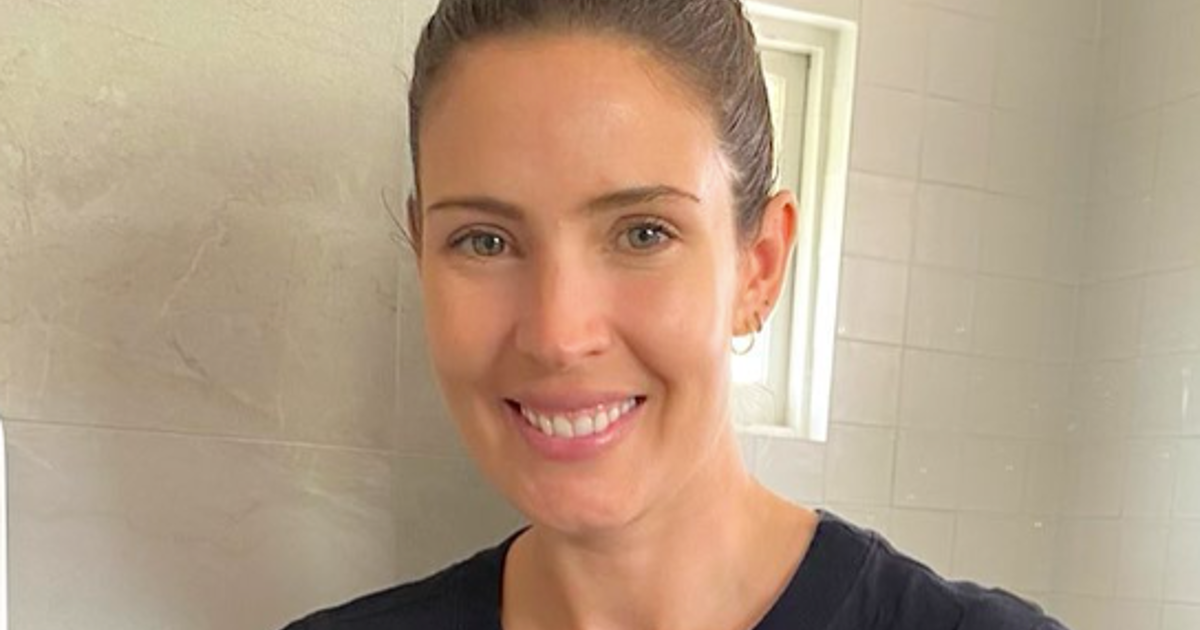Living With Chronic Myeloid Leukemia (CML)
- Elle Halliwell, an Australian fashion and entertainment reporter, was diagnosed with Chronic Myeloid Leukaemia about six years ago. She’s been in and out of remission ever since.
- She received her cancer diagnosis after a stomach bug prompted her to see a doctor and get a routine blood test to check her folate and Vitamin D levels as she was planning on having a baby in the near future.
- Chronic myeloid leukemia is usually diagnosed in older adults, and its symptoms can be similar to those people feel after a traumatic injury. This includes feeling rundown and tired, and weight loss. It is treatable but not curable.
The 37-year-old journalistwho thinks the only symptom of cancer she experienced was feeling tiredwent to the doctor because she was just getting over a stomach bug and in need of a doctor’s certificate.
Read More
“The receptionist who called me [on a Thursday] said I needed to come in on Monday. She said I needed to bring a loved one to discuss the results,” Halliwell said. “They don’t ask you to bring in a loved one unless you’re dying.”
She then learned she had “chronic myeloid leukemia,” just two days before discovering she was pregnant.
“It affects your blood and bone marrow. It’s most commonly diagnosed in men over the age of 60. Not women my age,” Halliwell, who only noted feeling tired prior to her diagnosis, said. “In 48 hours I had found out the best and worst news you can hear in a lifetime.”
Despite her doctor’s suggestion to terminate her pregnancy and start treatment, Halliwell waited until her son Tor Felix was born and had biweekly checkups to see how the cancer was advancing. She was also given injections once a week in the third trimester.
Due to an increased amount of cancer in her blood, Halliwell was induced a month before she was full-term. It wasn’t until five weeks after giving birth did she start an oral chemotherapy drug called a Tyrosine kinase inhibitors (TKI).

Halliwell has been in and out of remission and on and off medication over the past six years. The author told FEMAIL that at the time of her interview, she had no detectable blood cancer cells in her body.
“I'm still taking an oral chemo called Tasigna, which I take twice daily. I tried cessation of treatment last year but fell out of molecular remission, so had to restart it again,” Halliwell recently wrote on the Australian website Mamma Mia. “It causes skin rashes, fatigue and reduced immunity, but these are things I am managing with healthy eating and regular self-care. If the treatment keeps working, I should grow old.”
She also explained how she’s now teaching her son “look for the magic in the everyday complexities,” something that she continues to do.
Last year, Halliwell took to Instagram to spread awareness for CML and explain how before the oral chemo drug TKI, people with CML were only expected to live about three to five years.
“I thought I'd be one of the 50% of people who could eventually stop treatment and remain in remission, but unfortunately it's not looking promising for me. I'm seeing a return of the cancer cells, and am now getting blood tests every two weeks to monitor the progression,” she said in the September 2021 post.
“I'm surprised to feel a profound sense of shame about this. Shame because I feel like I must be doing something to let my body down, despite trying to live as healthy a life as I can. So I'm trying to work on being kinder to myself as I navigate this next chapter.”
What is Leukemia?
Leukemia is a blood cancer. Acute myeloid leukemia, or AML, starts in the bone marrow (the soft inner part of the bones), but usually quickly moves into the blood, according to the American Cancer Society, and can spread to other parts of the body like the central nervous system (brain and spinal cord).
Leukemia develops when the body produces large quantities of abnormal white blood cells. Because they're abnormal, they prevent the bone marrow from producing any other type of cell, namely red blood cells and platelets.
Dr. Nina Shah, a hematologist at the University of California San Francisco, explains blood cancers in layman's terms, telling SurvivorNet, “One cell got really selfish and decided that it needed to take up all the resources of everybody else and in doing so, took up space and energy from the rest of the body."
"In general having a blood cancer means that your bone marrow is not functioning correctly," she continues. "And when your bone marrow doesn't function correctly it means that you can have something happen to you like anemia. Or you can have low platelets, which makes it possible for you to bleed easily. Or your immune system is not functioning correctly."
Categories of Leukemia
Leukemia is different from other types of cancer because it is not just broken down into stages of severity but into different categories based on the cells that grow into cancer cells and how quickly those cells grow. Leukemia means that one type of white blood cell is growing out of proportion to the others and taking up the body's resources. A leukemia patient's bone marrow will become filled with these cancer cells, and that could result in anemia, abnormally low levels of platelets, and white blood cells failing to fight off infections.
Understanding The Different Types of Leukemia
There are four basic categories doctors use to identify the different types of leukemia.
- Acute leukemia grows very quickly.
- Chronic leukemia grows more slowly, over several years.
- Lymphoid leukemia grows from lymphoid cells, which produce antibodies and protect against viruses.
- Myeloid leukemia grows from myeloid cells, which is the body's first defense against bacteria.
What Is Chronic Myeloid Leukemia?
Chronic Myeloid Leukemia is caused by something called the Philadelphia chromosome, a genetic abnormality discovered in those who suffer from CML in a lab in Philadelphia.
"Having CML is like having your boiler in your house on in the summer. When it's hot, the boiler should shut off, the thermostat should work, and you shouldn't have any heat," explained Dr. Richard Stone, director, translational research, Adult Leukemia Program at Dana Farber previously told Survivor Net.
"Just like if you're not infected, your white cells should be normal, they shouldn't go up, but if the white cells are going up for no darn good reason you probably have a broken thermostat in your white cells, and that's what the Philadelphia chromosome is."
What is a Blood Cancer How is it Different?
The increased understanding of how that chromosome works has led to multiple breakthroughs in the treatment of CML over the past two decades, so much so that those living with the disease are no different from someone who does not have cancer.
"If you walk in the door with CML today, you have the same natural history as a person the same age as you that doesn't have CML," noted Dr. Stone. "In other words, if it's treated correctly, you don't die of CML, you don't need a stem cell transplant. So it's a pretty, exciting situation."
Contributing: SurvivorNet Staff
Learn more about SurvivorNet's rigorous medical review process.


